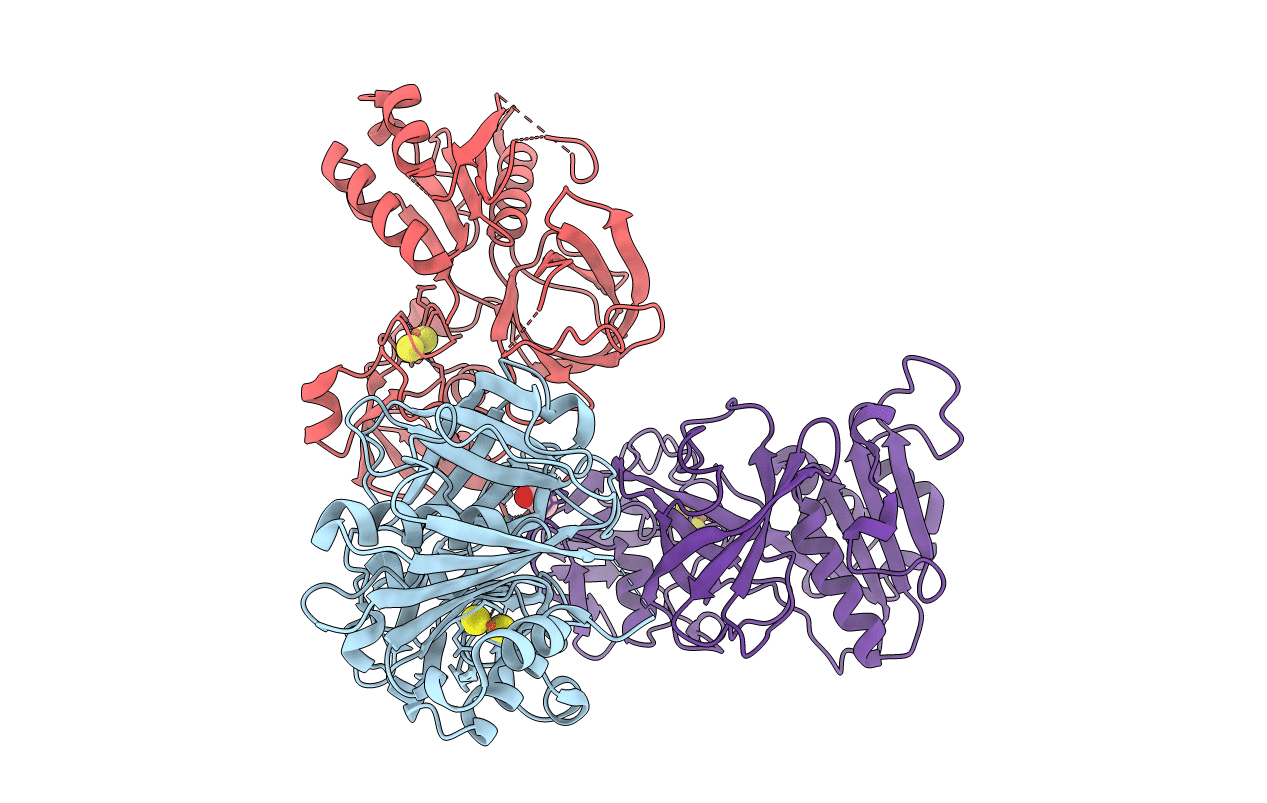
Deposition Date
2020-05-11
Release Date
2021-05-26
Last Version Date
2024-05-29
Entry Detail
PDB ID:
7C3B
Keywords:
Title:
Ferredoxin reductase in carbazole 1,9a-dioxygenase (FAD apo form)
Biological Source:
Source Organism:
Janthinobacterium sp. (strain J3) (Taxon ID: 213804)
Host Organism:
Method Details:
Experimental Method:
Resolution:
2.40 Å
R-Value Free:
0.28
R-Value Work:
0.22
R-Value Observed:
0.23
Space Group:
P 42 21 2


